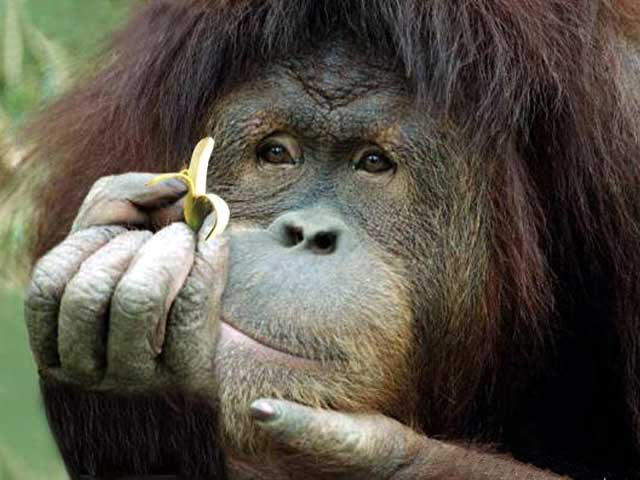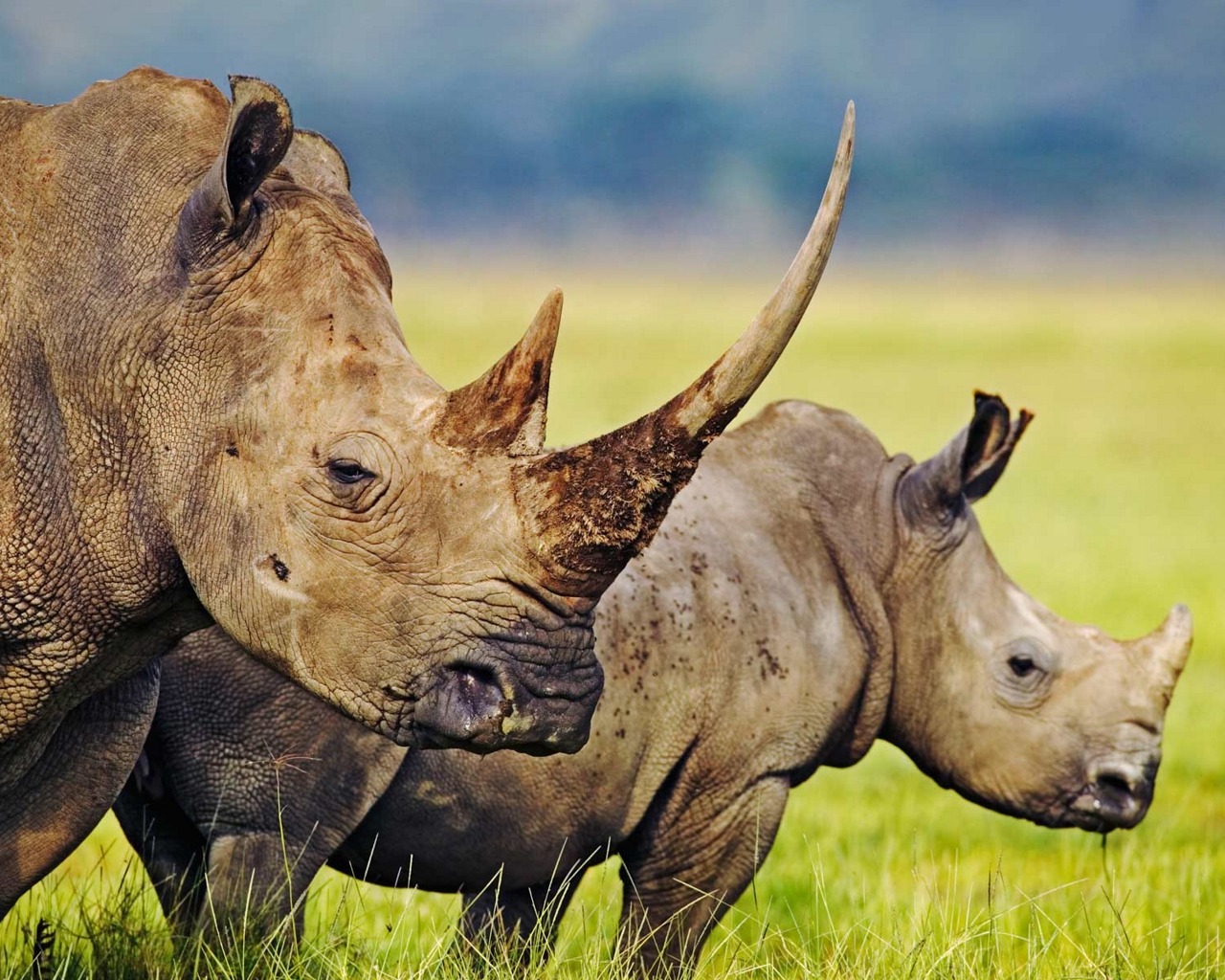Source(google.com.pk)
 Wild Animal Pictures
Wild Animal Pictures Wild Animal Pictures
Wild Animal Pictures Wild Animal Pictures
Wild Animal Pictures Wild Animal Pictures
Wild Animal Pictures Wild Animal Pictures
Wild Animal Pictures Wild Animal Pictures
Wild Animal Pictures Wild Animal Pictures
Wild Animal Pictures Wild Animal Pictures
Wild Animal Pictures Wild Animal Pictures
Wild Animal Pictures Wild Animal Pictures
Wild Animal Pictures
Wild Animal Pictures Biography
Pesticides are causing the widespread decline of grassland birds throughout the United States, a recent study suggests. The study, led by Dr. Pierre Mineau of Environment Canada, examines twenty-three years of data, from 1980 to 2003. It examines a variety of possible reasons grassland birds declined during this time including farming intensity, crop composition, herbicide use, insecticide use, and habitat alteration.
During recent decades, grassland birds have experienced range reductions and declining populations. The speed at which North American birds are declining is greater than in other areas of the world. Although habitat protection has long been promoted as a key to conservation, Dr. Mineau stresses that to successfully reverse the decline of grassland birds, we must change they extent to which we use pesticides.
Cynthia Palmer, manager of the Pesticides Program at American Bird Conservancy stresses that restriction of pesticide use and habitat protetion must go hand in hand:
"We are still concerned about loss of habitat in agriculture, range management, and urban development. This study by no means diminishes the importance of habitat fragmentation and degradation. But it suggests that we also need to rein in the use of lethal pesticides in agriculture, and that we need to be especially careful about any new pesticides we introduce into these ecosystems such as the neonicotinoid insecticides. It reminds us that the poisonings of birds and other wildlife chronicled a half century ago by famed biologist and author Rachel Carson are by no means a thing of the past."
Facts About Snowy Owls
Grassland Birds Threatened by Pesticides
Wednesday February 27, 2013
Pesticides are causing the widespread decline of grassland birds throughout the United States, a recent study suggests. The study, led by Dr. Pierre Mineau of Environment Canada, examines twenty-three years of data, from 1980 to 2003. It examines a variety of possible reasons grassland birds declined during this time including farming intensity, crop composition, herbicide use, insecticide use, and habitat alteration.
During recent decades, grassland birds have experienced range reductions and declining populations. The speed at which North American birds are declining is greater than in other areas of the world. Although habitat protection has long been promoted as a key to conservation, Dr. Mineau stresses that to successfully reverse the decline of grassland birds, we must change they extent to which we use pesticides.
Cynthia Palmer, manager of the Pesticides Program at American Bird Conservancy stresses that restriction of pesticide use and habitat protetion must go hand in hand:
"We are still concerned about loss of habitat in agriculture, range management, and urban development. This study by no means diminishes the importance of habitat fragmentation and degradation. But it suggests that we also need to rein in the use of lethal pesticides in agriculture, and that we need to be especially careful about any new pesticides we introduce into these ecosystems such as the neonicotinoid insecticides. It reminds us that the poisonings of birds and other wildlife chronicled a half century ago by famed biologist and author Rachel Carson are by no means a thing of the past."
The interactions betwen members of an ecological community play an important role in stabilizing those communities as climate changes, a new study suggests. Eric Post, a professor of biology at Penn State University recently published the results of a 10-year study of an arctic community that shows the effects of climate change on large, plant-eating mammals.
In his study, Dr. Post placed warming chambers at a study site near Kangerlussuaq, Greenland. The warming chambers simulated climate change by creating a local greenhouse effect. The site was then divided into smaller areas, some of which were left open to grazing by caribou and muskoxen while others areas were closed off to large herbivores so as to prohibit grazing. In this manner, Dr. Post was able to create two environments, one in which vegetation and herbivores continued to coexist despite the simulated warming, and the other in which herbivores were absent during the simulated warming period.
The study revealed that the grazed and ungrazed areas of vegetation differed greatly in their response to the simulated warming. Where herbivores were not allowed to graze, shrubs suh as willow and birch took over the plant community. Where herbivores were allowed to graze, the composition and diversity of plants in the community remained quite stable.
Recent research has revealed that the lower the pitch of a male purple-crowned fairy wren, the larger the bird. In a study led by Dr. Michelle Hall of the University of Melbourne, scientists show for the first time that a bird's song is indicative of its body size. Similar evidence linking the pitch of an animal's call to its body size was previously established in frogs, but never before have scientists measured this phenomenon in birds.
Dr. Hall and her collegues measured the leg length of 45 adult male purple-crowned fairy wrens and then measured the pitches of their songs. They found a close correlation between the lowest song pitches and the largest birds.
Purple-crowned fairy wrens live in dense vegetation near creeks and streams in northern Australia. They have a light brown upper body, cream belly, and a blue tail. Males have a bright purple and black crown during the breeding season.
Wild Animal Pictures










No comments:
Post a Comment